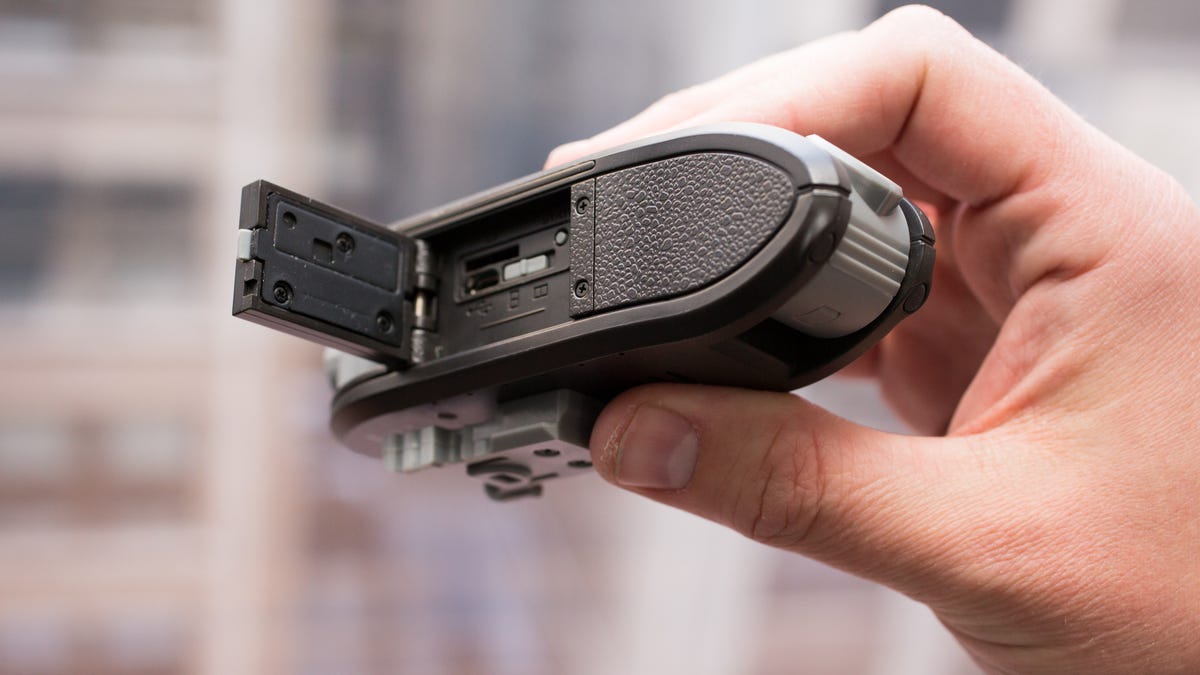Oregon Scientific ATC Chameleon Review: Fun But Flawed Dual-camera Action Cam
Oregon scientific atc chameleon review fun but flawed synonym oregon scientific atc chameleon review fun but educational oregon scientific atc chameleon review function oregon scientific atc chameleon review fun with ragdoll oregon scientific atc chameleon review funeral homes oregon scientific atc3k oregon scientific atcmini oregon scientific wireless weather station oregon scientific store oregon scientific bar208hga

Oregon Scientific ATC Chameleon review: Fun but flawed dual-camera action cam
The concept of the Oregon Scientific ATC Chameleon is certainly a good one.
Creating a compelling action cam video is easier -- not necessary, but easier -- when you have two cameras shooting a subject from two different angles. That, of course, requires buying two cameras and possibly mounts or other accessories for those cameras. And then you'll need some basic video-editing skills to combine what's captured, especially if you want to throw both camera views in the video at the same time.
The Chameleon, however, puts two cameras in one body. Each camera can be rotated 180 degrees -- one horizontally, one vertically -- and has a fish-eye lens covering a 110-degree angle of view. Mount the camera, position the lenses to your liking, and record. When you're done, you have both camera angles combined into one MP4 file. No editing required.
However, that's all it does. If you want to do time-lapse videos, take pictures, shoot high-speed clips for slow-motion movies, or even just capture the video from a single camera, this is not for you. But, that simplicity will certainly be a selling point for some.
The splash-proof plastic body weighs only 4.4 ounces and measures 4.8 inches long by 1.7 inches wide by 1.9 inches high. A door on the side covers a Micro-USB port (for charging and transferring videos), a microSDHC card slot, status button for battery life and storage, and a switch for choosing between having the video from the two cameras appear stacked vertically or side by side.
Outside of that, there is only one control for the camera: a big Record switch on top. Slide it forward and after a few seconds the camera turns on and starts recording, giving off a couple beeps and turning the record light from yellow to red.
The battery is built in, capable of recording up to 2 hours of continuous video on a single charge. Basically, all you need to do is pop in a microSD card (cards up to 32GB are supported, but not included), charge it up, and you're ready to go.
Bundled with the camera are a vented helmet mount and a tripod mount. A clip attached to the bottom of the camera slides into the mounts. Although Oregon Scientific only has a handful of mounts designed for the Chameleon, the tripod mount means you can use mounts from other manufacturers. Also, if you need the Chameleon to be waterproof, there's a housing that's good down to 200 feet (I misspoke in the video shown at the top of this review).
Again, there is just a single setting to consider with this camera. Recording video side by side horizontally, the camera captured clips with a 1,920x720-pixel resolution (960x720 per camera) with a variable bit rate from 9Mbps up to about 14Mbps. The vertically stacked video came out of my test camera at 1,280x1,440-pixel resolution, so each camera was recording at 1,280x720. However, instead of 30fps with a bit rate of 9Mbps like the horizontal split screen, it recorded at 22.5fps with around a 6Mbps bit rate.
The results are OK. The side-by-side 1,920x720-pixel-resolution video does look better than the vertically stacked video; the former looks a bit more detailed, sharper, and, to me, visually more interesting. Regardless of what you pick, though, movies look soft, especially off to the sides, at anything larger than YouTube dimensions. If you do view them at large sizes, you'll be treated to blocky compression artifacts and smeared details.
Color is good, but changes in exposure aren't handled all that smoothly and just about any amount of camera shake causes wobble from rolling shutter. Low-light video is loaded with noise, so you'll definitely want to stick to bright outdoor conditions with this camera.
As for audio quality, well, even light breezes get picked up by the mono mic, so you'll probably want to put music over your final video.
Oregon Scientific includes software with the camera, but that's disappointing, too. It allows you to open and view the videos and actually do some cool things like picture-in-picture, switch between the two cameras, or watch just one camera. Unfortunately, there are no editing features, so you can't export with picture-in-picture or have only the video from a single camera. It seems like a missed opportunity.
Conclusion
Between the mediocre video quality and overall lack of features, if the Oregon Scientific ATC Chameleon were still priced at $199.99, it probably would not be worth getting for most people. At $99.99 direct from Oregon Scientific (the price was $80, but jumped $20 during the course of writing this review), its shortcomings are certainly easier to swallow. The fun here is in having one camera for easily recording the action from two different angles. Otherwise, if you want to do a multiple camera setup on the cheap, I recommend checking out the Monoprice MHD.
Source




